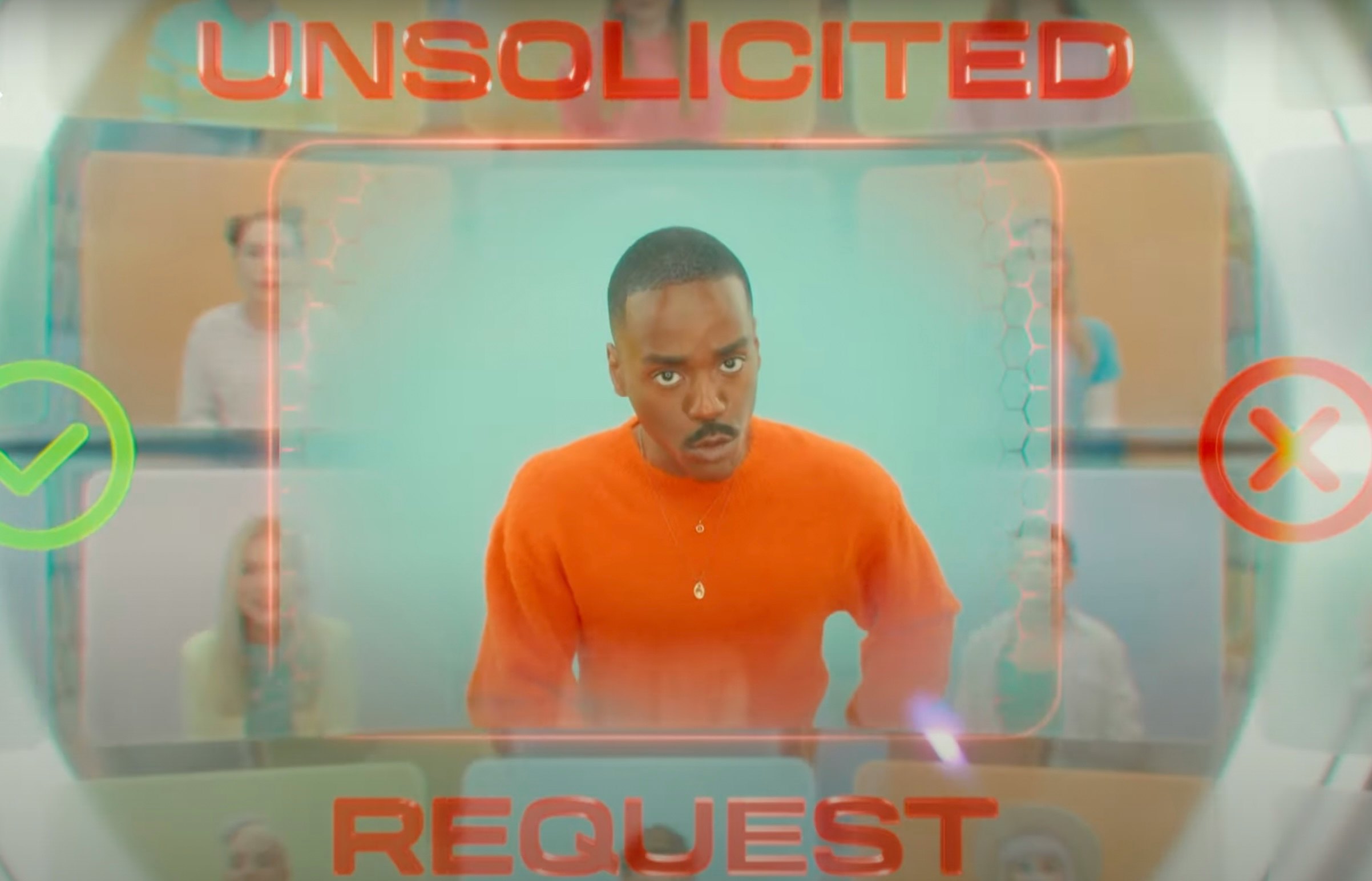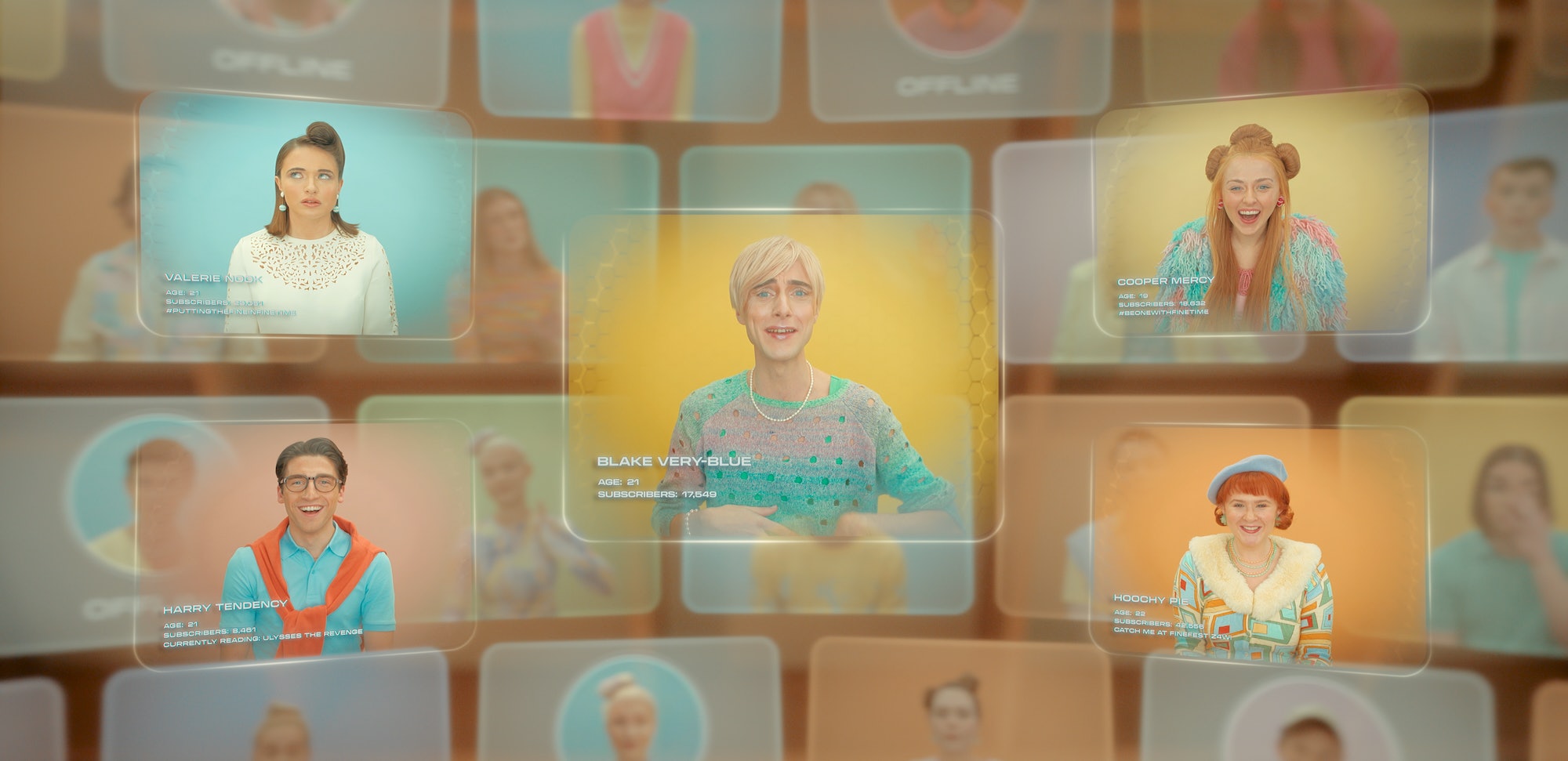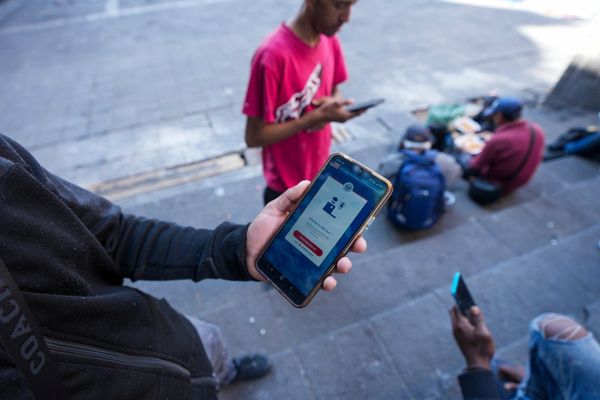
When it was announced that Ncuti Gatwa was cast as the 15th Doctor, it marked an exciting new era for Doctor Who. For the first time, the BBC show was led by a Black actor — a huge historic achievement for the British cultural fixture which had, over the course of its 60-year run, a questionable pedigree when it came to depicting minorities, to say the least.
The antiquated depictions of Aztecs and unfortunate use of yellowface from the show’s Classic era are better left forgotten, but the show’s modern era made great strides in terms of representation. However, it’s never quite been able to sensitively address topics like race head-on. In Season 3, the show’s first Black companion Martha Jones’ (Freema Agyeman) concerns about traveling to the past were mostly brushed aside, while in the Season 11 episode “Rosa,” where the Doctor and her companions met Rosa Parks, the show’s well-intentioned attempts to tackle racism in ‘60s America came across as heavy-handed and clumsy. But with Gatwa now the show’s protagonist, Doctor Who couldn’t avoid the topic.
In the latest episode, a Black Mirror-themed adventure that appears to mostly be a social satire about our dependence on technology, the final moments finally address the show’s biggest blindspot vis-à-vis its first Black Doctor — and exposes the audience’s internalized biases along the way.
Warning! Spoilers for Doctor Who Episode 5, “Dot and Bubble,” ahead!
“Dot and Bubble” follows Lindy Pepper-Bean (Callie Cooke), a rich kid inhabiting Finetime, a planet where nepo babies between the ages of 18-27 work the bare minimum and spend the rest of the time partying and connecting with each other through an immersive, Zoom-esque social media known as The Bubble. The Bubble does everything for Lindy, from navigating her through the Finetime streets to monitoring her urine output.

When giant slug-like aliens start killing off Lindy’s friends, the Doctor and Ruby Sunday enter the Bubble to try and convince her to find a way out. Initially, she hangs up on the Doctor when he tries to contact her, but Ruby Sunday gets her attention under the guise of being part of the technology’s staff. With the help of heartthrob Ricky September, she manages to find her way out of danger by ultimately abandoning her Dot and Bubble forever.
When she finally meets the Doctor and Ruby in person deep underground, he offers her the chance to be saved and find the survivors of Finetime a new home. However, Lindy refuses, calling it “impossible.” “You, sir, are not one of us,” she says. Her old pal Hoochy Pie agrees, claiming that the TARDIS is “voodoo.” It’s only then that it becomes clear that the Doctor isn’t being turned down because of a sense of class superiority but race superiority.
Looking back, it makes perfect sense: that’s why Lindy was more receptive to Ruby than to the Doctor, and why the Doctor is the only person of color seen in the entire episode. The world of Finetime isn’t just full of rich kids, it’s full of rich white kids.

It’s the first time Doctor Who has acknowledged the fact that this is our first non-white Doctor (not counting Jo Martin’s Fugitive Doctor), meaning he’s going to be treated differently than his past iterations. Tackling such a big issue in the last five minutes of an episode that was ostensibly mainly about classism and over-dependence on technology may make it seem like an afterthought, but it’s honestly a genius choice.
The series could have broached this topic in an episode set in the past. “The Devil’s Chord,” for example, was set in the 1960s and could have addressed the fact that even though the 15th Doctor is in the same town as the 1st Doctor, the two of them would be treated very differently.
But instead, this is brought up in an episode set in the future, an episode about the extremes of capitalism and classism, proving that systemic racism isn’t something that’s magically solved in the future. Instead, it’s something inextricably tied up in our society.
“Dot and Bubble” feels like a normal social satire up until the last moments, and that’s the point: It’s supposed to make you feel like you’ve had the rug pulled out from under you. It’s supposed to make you realize that sometimes, the problem is far bigger than “what if phones but too much.” It may just be what we consider “normal.”







